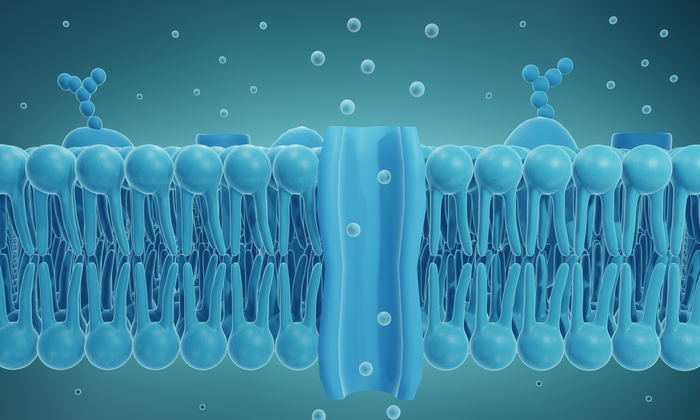A Tufts University study sheds new light on the process by which DNA repair occurs within the cell. In research published in the May 15 edition of the journal Genes & Development and available May 4 online in advance of print, Tufts University biologist Catherine Freudenreich and her co-authors show that expanded repeats of the CAG/CTG trinucleotide (CAG) in yeast shift to the periphery of the cell nucleus for repair. This shift is important for preventing repeat instability and genetic disease.
CAG expansions are significant because they are at the root of several neurodegenerative and neuromuscular diseases such as Huntington’s disease, myotonic dystrophy and multiple subtypes of spinal cerebella ataxia.
Short triplet repeats do not always cause problems. However, sometimes short triplet repeats expand and become longer than normal. The expanded repeat sequences change the shape of the DNA molecule from a double helix into a hairpin-like structure that is difficult for the cellular machinery to replicate and repair and can cause breakage of the DNA molecule.
Disease occurs when the numbers of expanded CAG trinucleotide repeats exceed a stability threshold. For Huntington’s disease, the threshold is 38 to 40 repeats. Myotonic dystrophy results when there are close to 200 repeats.
“Appropriate repair of DNA damage at CAG repeats is vital to the cell as proper repair can prevent further expansion and aggravation of the disease,” says Freudenreich.
In their study, “Regulation of Recombination at Yeast Nuclear Pores Controls Repair and Triplet Repeat Stability,” the researchers introduced CAG repeats of different sizes into budding yeast chromosomes. The repeat-containing chromosomes were tagged with a fluorescent molecule, so that their location in the cell nucleus could be followed visually.
“We found that the chromosomes containing the expanded CAG repeats moved from the interior of the nucleus to the nuclear periphery to be repaired,” says Freudenreich. “Our research shows that the DNA with expanded repeats makes this ‘trip’ for repairs. Proximity to the nuclear envelope helps the repair of the repeat to occur without mistakes.”
“When the movement of the DNA molecule was prevented, the chromosomes broke more frequently, and the repeat was more likely to be mutated,” says Freudenreich. “Thus, going out to the ‘repair shop’ at the nuclear periphery is a previously unrecognized yet important step for repetitive DNA to be maintained and to prevent damage to chromosomes.”
“The longer the repeat, the greater the frequency of relocation,” Freudenreich notes. “For example, CAG-130 relocates more often than CAG-70, and an unexpanded CAG-15 does not relocate more than a non-repeat control. We think if the replication machinery stalls at the repeat it triggers relocation.”
Normally, each single strand of DNA serves as a template for remaking the other strand. The enzymes involved in DNA replication rebuild each strand to make two chromosomes out of one. One section of the double-stranded DNA molecule is separated into two single strands. The resulting Y-shaped structure is called the replication fork. This process stalls when there is a problem with the DNA.
At the periphery, the damaged DNA interacts with the nuclear pore complexes (NPCs), a complex of proteins that serves as gatekeeper between the cell’s nucleus and the surrounding cytoplasm. One of these gatekeepers is the Nup84 complex and the associated Slx5/8 complex. They are present at every NPC.
The research team showed that both of these complexes are needed for repeat DNA to be repaired properly. The Slx5/8 complex plays a vital role: it is required for tethering the repeat DNA to the NPC, and it appears to regulate a known repair protein (Rad52) in order to facilitate appropriate repair, thereby preventing repeat expansions and chromosome breakage.
“The nuclear pore complex plays a role in preventing chromosome breaks as well as preventing instability of the CAG repeat, so it has a role in DNA repair,” says Freudenreich.
Story Source:
The above story is based on materials provided by Tufts University.






